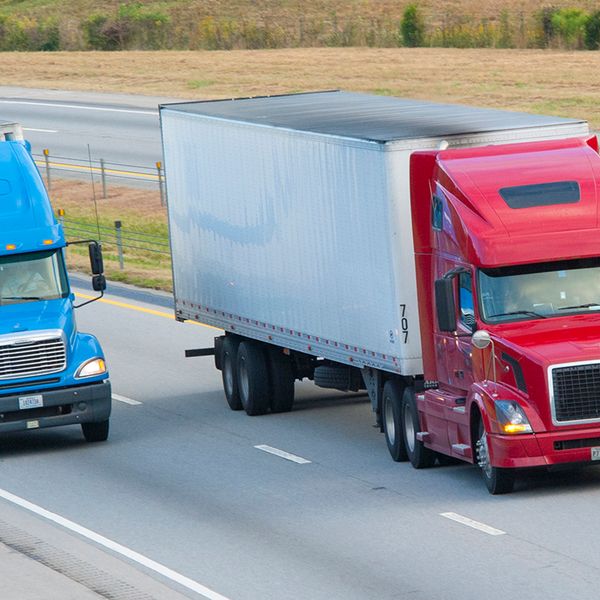What the new administration could mean for trucking
With Joe Biden being sworn in as U.S. President just over a month ago, motor carriers are wondering what his administration will mean for the trucking industry. From appointing new Cabinet members, setting priorities, and working with Congress to fund the administration’s initiatives, the transportation industry can expect to be broadly affected.
Executive actions and lawmaking
While Democratic administrations tend to favor new safety initiatives, much of an administration’s success in passing new laws hinges on approval from Congress. With control of both the House and Senate, it’s likely that Biden will rely more on passing laws and less on executive actions, when possible.
Personnel changes
One of Biden’s first acts is to fill open seats at key agencies, like the Department of Transportation (DOT), Federal Motor Carrier Safety Administration (FMCSA), and Pipeline and Hazardous Materials Safety Administration (PHMSA). Pete Buttigieg has already been confirmed as Secretary of Transportation by the Senate.
Shortly after the 2020 election, Biden assembled a DOT transition team, focused on helping prepare the incoming administration to hit the ground running in terms of policy and filling open seats. This may be a welcome change for an agency like FMCSA, which hasn’t had an official administrator since Raymond Martinez stepped down in 2019.
Infrastructure and other priorities
Early executive actions included reversing former President Trump’s decision to withdraw the U.S. from the Paris Climate Accord. With a dual focus on clean energy and environmentally friendly infrastructure, rejoining the Accord could have a big impact on the transportation industry.
As a candidate, Biden also put forward a wide-ranging infrastructure proposal with funds for highways, water systems, the power grid, and broadband services. While it remains to be seen how much of that plan Biden can accomplish, infrastructure will undoubtedly remain a top priority for key transportation stakeholders.
In addition to new proposals, we may also see movement on some existing items of interest. For example:
- Insurance-coverage requirements may increase;
- The speed-limiter rule may come back, requiring fleets to limit the speed of their interstate trucks;
- Hair testing rules may change or be withdrawn;
- Marijuana legalization could be reviewed, leading to changes in drug-testing protocols;
- Changes to the hours-of-service short-haul exemption may be on the table, to reverse recent changes; and
- A sleep-apnea rulemaking could proceed.
The new administration may also reconsider existing regulations, including:
- Hours-of-service rules;
- Driver compensation;
- Detention time;
- Off-duty hours;
- Personal-conveyance standards; and
- Rear/side underride guard standards.
Highway bill
In December, Congress approved an appropriations bill to fund the federal government and provide COVID-19 relief. The bill extended the current highway authorization program, the Fixing America’s Surface Transportation (FAST) Act, through September 30, 2021.
This extension allows the next Congress to consider a long-term approach to highway funding and revenue issues. Experts speculate that with Democrats now in control of the Senate, the final bill may include many “green” provisions, as we saw recently in a bill passed by the Democratic-controlled House. These provisions may result in more funding for things like trains, infrastructure, intelligent transportation systems, electric vehicles, and climate-change initiatives.
It’s always difficult to speculate on exactly what’s to come under a new presidential administration, but it’s safe to assume that the impact of the election will be felt far and wide. How and when that impact translates to the transportation industry remains to be seen.
Key to remember: The Biden administration is likely to bring new safety, infrastructure, and climate initiatives to the table which could broadly affect the transportation industry.

















































